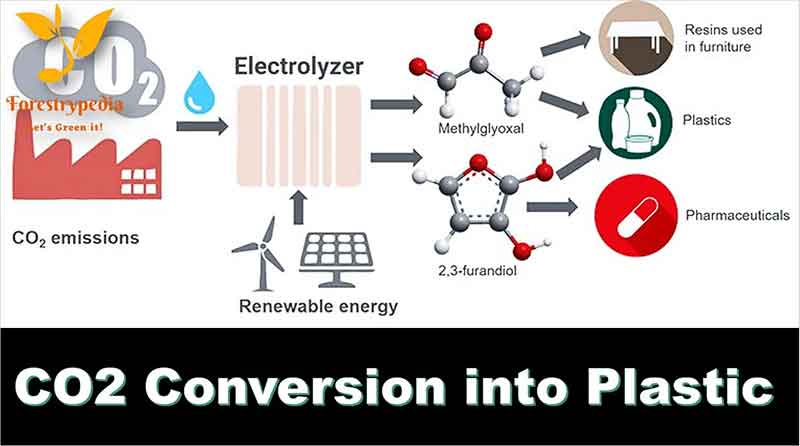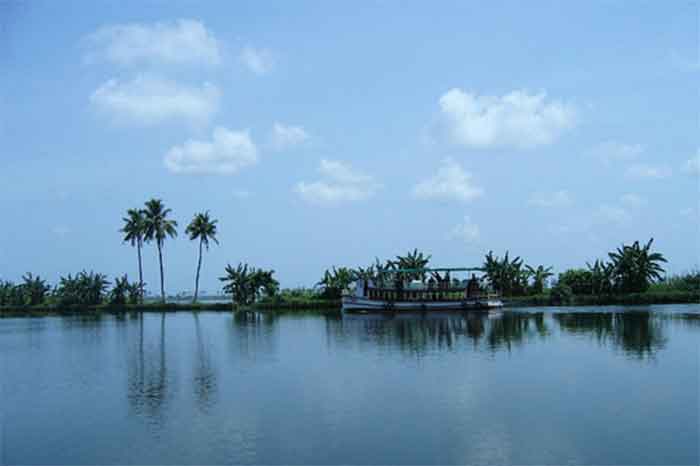
The natural surroundings of tourist destinations play a significant role in attracting visitors. However, the contamination of these environments by plastic garbage poses a threat to tourism. When tourist spots are littered with plastic waste, the likelihood of visitors choosing these destinations decreases, resulting in a significant decline in tourist numbers and subsequent economic losses.
The tourism sector resumed operations after the pandemic, but the use of plastic increased as a precautionary measure to prevent infections. This widespread usage of plastic created a false sense of security and led to a surge in plastic waste. The International Solid Waste Association reported a 250-300% increase in the use of single-use plastics during the pandemic.
Disturbingly, published records reveal that 60% of the plastic garbage collected is not recycled, with the remaining 40% ending up in landfills, clogging waterways, and polluting streets.[i]
Renowned locations like Ha Long Bay, a UNESCO World Heritage Site, face a significant challenge with plastic pollution. A staggering four tonnes of waste, predominantly plastic debris, are dumped into the bay’s waters daily. Similarly, in Da Nang’s tourism district, 20.8 tonnes of plastic waste, accounting for 17% of the total daily waste generation of 1,100 tonnes, further emphasize the pressing need to address plastic pollution in these areas. [ii] Immediate action is required to preserve the natural beauty and ecological integrity of these destinations.
Despite the ban on polythene usage in tourist locations, some destinations, like Andhra’s Kashmir and Lammasingi in the Alluri Seetarama Raju district, lack proper garbage disposal mechanisms and attention from civic authorities. As a result, these areas are transforming into dumping grounds, detracting from their appeal as tourist destinations.[iii]
Similarly, during the COVID-19 pandemic, mountains worldwide witnessed an influx of tourists who left significant amounts of trash behind. A survey of 1,750 mountain enthusiasts from 74 countries revealed that 99.7% reported seeing trash and waste during their trips. Plastic, organic garbage, paper, and cardboard were the most prevalent forms of waste, often found along trails, near parking lots, and at rest areas.[iv]
Plastic pollution has also become a growing concern in Ladakh, as the region attracts increasing tourists. In response, the Union Territory administration implemented a complete ban on plastic water bottles and other plastic objects in government offices and institutions to achieve a carbon-neutral Ladakh.[v]
The District Tourism Promotion Council (DTPC) and the Tourism Club also initiated a collaborative effort to address plastic pollution sustainably. The project aims to use plastic garbage collected from various tourist spots to create eco-bricks, which will be used to construct sustainable structures and amenities for visitors in the Akkulam Tourist Village.[vi]
Plastic waste production varies across different regions in India. In the fiscal year 2020, Maharashtra topped the list with 443,724 metric tonnes of plastic garbage, while Sikkim, Lakshadweep, and Tripura contributed the least to plastic waste production.[vii]
Several measures have been introduced to combat plastic pollution, including banning specific single-use plastics such as bags, imposing tariffs on single-use plastics, and encouraging consumers and businesses to adopt more sustainable alternatives. The United Nations Environment Programme (UNEP) has led campaigns like Beat Plastic Pollution, Clean Seas, Adopt a River, and the Tide Turners Challenge to raise public awareness about the dangers of plastic waste and reduce environmental plastic pollution.[viii] Additionally, initiatives like The Himalayan Cleanup emerged in 2018 to advocate for systemic improvements and increase awareness about plastic waste in mountain regions.[ix]
Hotels and resorts have also taken steps to reduce plastic waste by replacing single-use plastics with reusable alternatives. However, more efforts are needed across the industry to discourage the use of plastic among visitors. Some establishments, such as CGH Earth hotels, provide cloth bags for shopping and package bathroom amenities in reusable earthenware flasks. At CGH Earth’s Brunton Boatyard property, glass bottles have replaced 15,000 plastic water bottles annually, and the hotel plans to sell these bottles in their shop due to their popularity among visitors.[x]
According to a report by the UNEP, significant reductions in plastic pollution can be achieved by 2040, with an estimated 80% reduction in plastic waste worldwide. The report suggests eliminating unnecessary plastic, such as excessive packaging, and focusing on increasing reuse, improving recyclability, and substituting greener materials for plastics. [xi]
To promote environmental preservation and reduce carbon emissions in the Himalayan region, the Administrative Secretary of the PWD Department of Ladakh issued a directive to construct roads using plastic waste. The directive requires using at least 10% of plastic waste in road construction in Ladakh.[xii]
In line with these efforts, the tourism board of Sikkim implemented a ban on single-use plastics starting from January 1, 2022, which includes packaged water.[xiii]
Encouraging the use of bioplastics as a substitute for conventional plastics is also being explored, although the higher cost of bioplastics poses a challenge. Incentives and developmental support for the bioplastic industry could help overcome this hurdle.
In addition to these initiatives, the tourism sector can take steps to raise awareness about plastic pollution and promote waste infrastructure development. Travellers can also contribute by adopting waste-reducing practices during their vacations, such as bringing their own toiletries, water bottles, and bags, thereby reducing the burden on local waste and recycling systems. These actions would gradually decrease the dependence of regional economies on single-use plastic products.[xiv]
Although India has banned specific single-use plastic items and imposed Extended Producer Responsibility (EPR) on plastic packaging waste, there are challenges in effectively implementing and monitoring these regulations. Many producers, importers, and brand owners have failed to meet their EPR targets, and the extent of their plastic waste management remains unknown to the CPCB (Central Pollution Control Board) and other related departments.[xv]
Addressing plastic pollution in tourist destinations requires a multi-faceted approach involving government regulations, industry initiatives, and individual responsibility. By implementing bans, promoting sustainable alternatives, encouraging recycling, and raising awareness, we can mitigate the impact of plastic pollution on tourist destinations and ensure a more sustainable future for the tourism industry.
Pema Choden Bhutia is a Research Scholar at Madras Institute of Development Studies, Chennai. Her research interests include tourism, ecotourism, environmental valuation techniques and tourist preferences.
Email: [email protected]
References
[i] https://recykal.com/2022/08/08/the-rising-problem-of-plastic-waste-in-india/
[ii] https://e.vnexpress.net/news/travel/experts-call-for-reducing-plastic-waste-at-vietnam-s-tourist-hotspots-4593523.html
[iii] https://m.timesofindia.com/city/visakhapatnam/plastic-pollution-turning-many-tourists-spots-into-dump-yards/amp_articleshow/92530138.cms
[iv] https://www.unep.org/news-and-stories/story/plastic-pollution-piles-mountain-tourism-reaches-crossroads
[v] https://www.thestatesman.com/india/plastic-pollution-along-indus-raises-concerns-ladakh-1503028369.html
[vi] https://www.newindianexpress.com/cities/thiruvananthapuram/2023/apr/18/dtpc-to-make-eco-bricks-using-waste-generated-at-tourism-spots-inthiruvananthapuram-2566904.html
[vii] https://www.statista.com/statistics/1168513/india-amount-of-plastic-waste-by-state/
[viii] https://www.unep.org/news-and-stories/story/plastic-pollution-piles-mountain-tourism-reaches-crossroads
[ix] https://www.millenniumpost.in/bengal/himalayan-cleanup-to-be-held-from-may-26-to-30-519409
[x] https://responsibletourismpartnership.org/plastics
[xi]https://www.theguardian.com/environment/2023/may/16/plastic-pollution-could-be-slashed-by-80-by-2040-un-says
[xii]https://economictimes.indiatimes.com/news/india/roads-in-ladakh-to-be-made-out-of-plastic/10-of-plastic-waste/slideshow/93000515.cms
[xiii] https://timesofindia.indiatimes.com/travel/travel-news/no-plastic-bottles-in-sikkim-from-new-year-2022/articleshow/88197882.cms
[xiv] https://www.unep.org/news-and-stories/story/reframing-tourism-address-plastic-pollution
[xv] https://www.indiatoday.in/environment/story/why-plastic-pollution-continues-unchecked-in-india-2289887-2022-10-27
















































